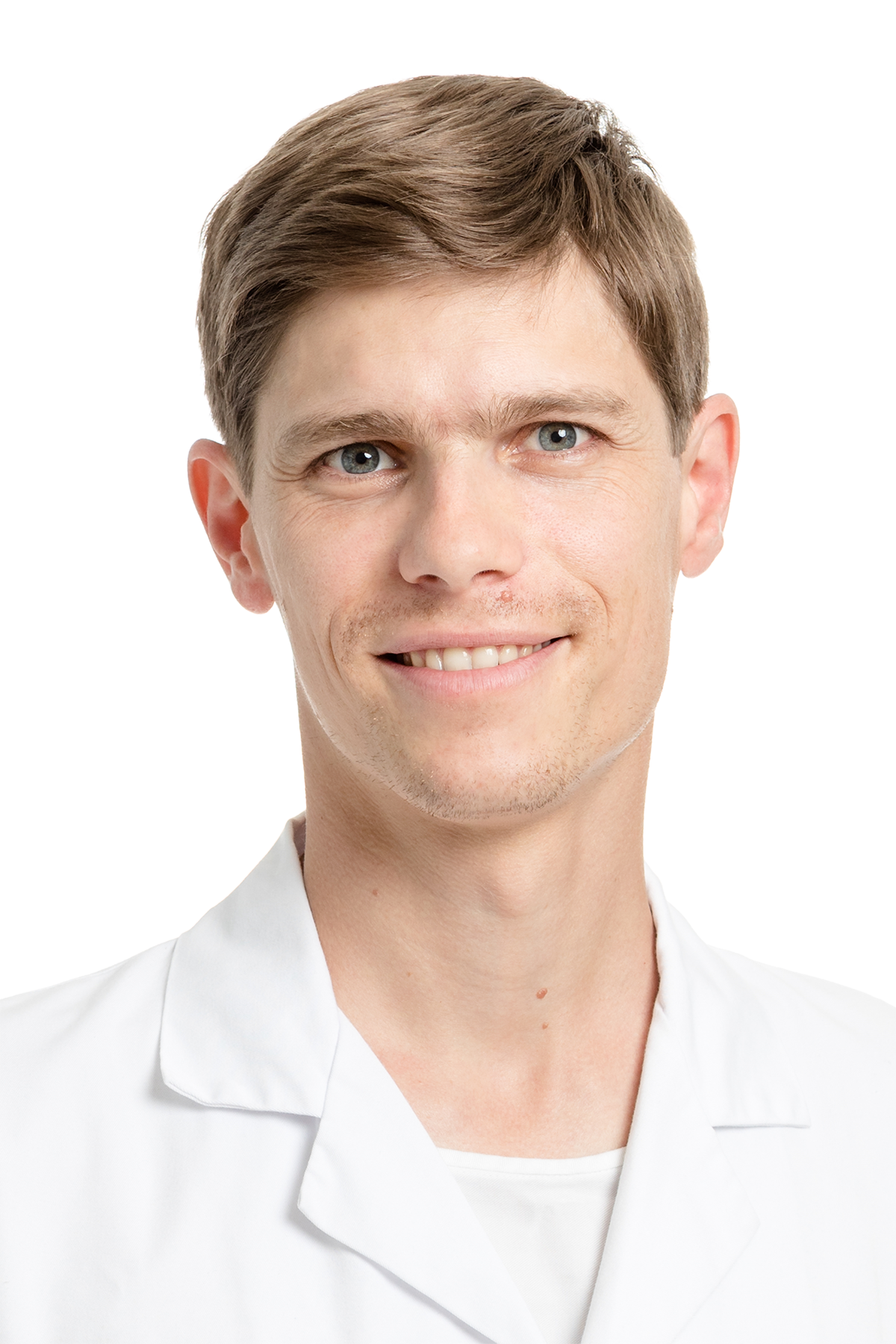博文
可降解聚合物涂层支架与传统支架相比没有长期优势
 精选
精选
||
可降解聚合物涂层支架与传统支架相比没有长期优势
诸平
Fig. 1 Image: Depositphotos


据瑞士伯尔尼大学(University of Bern)2024年9月2日提供的消息,可降解聚合物涂层支架在心肌梗死后没有任何优势(Stents with degradable polymer coating after myocardial infarction offer no advantage)。
最近由伯尔尼大学小岛医院(Inselspital)、伯尔尼大学医院(Bern University Hospital)和伯尔尼大学(University of Bern)与6家日本医院合作进行的一项研究表明,具有可降解聚合物涂层的支架与传统支架相比没有长期优势。3年后,两种类型的支架同样有效。然而,持续服用降胆固醇药物的患者支架植入术后并发症的风险较低。因此,这项研究强调了心脏病发作后长期药物治疗的重要性。相关研究结果于2024年9月2日已经在《欧洲心脏病杂志》(European Heart Journal)网站在线发表——Masanori Taniwaki, Jonas Dominik Häner, Ryota Kakizaki, Yohei Ohno, Kazuyuki Yahagi, Yoshiharu Higuchi, George C M Siontis, Kenji Ando, Stefan Stortecky, Nobuaki Suzuki, Laura Morf, Naoki Watanabe, Jonas Lanz, Yasushi Ueki, Tatsuhiko Otsuka, Flavio Giuseppe Biccirè, Masami Sakurada, Sylvain Losdat, Lorenz Räber. Long-term effect of biodegradable vs durable polymer everolimus-eluting stents on neoatherosclerosis in ST-segment elevation myocardial infarction: the CONNECT trial. European Heart Journal, 2024: ehae589. DOI: 10.1093/eurheartj/ehae589. Published: 01 September 2024.
参与此项研究的有来自日本埼玉县所泽心脏中心(Tokorozawa Heart Center, Saitama, Japan)、瑞士伯尔尼大学伯尔尼大学医院(Bern University Hospital, University of Bern, Bern, Switzerland)、日本东海大学医学院(Tokai University School of Medicine, Isehara, Japan)、日本东京的三井纪念医院(Mitsui Memorial Hospital, Tokyo, Japan)、日本大阪警察医院(Osaka Police Hospital, Osaka, Japan)、日本福冈的小仓纪念医院(Kokura Memorial Hospital, Fukuoka, Japan)、日本川崎的帝京大学沟口病院(Teikyo University Mizonokuchi Hospital, Kawasaki, Japan)、日本岐阜的大垣市立医院(Ogaki Municipal Hospital, Gifu, Japan)、日本长野的信州大学医学院(Shinshu University School of Medicine, Nagano, Japan)、日本东京的板桥中央综合病院(Itabashi Chuo Medical Center, Tokyo, Japan)以及瑞士伯尔尼大学(University of Bern, Bern, Switzerland)的研究人员。
支架植入是世界范围内最常见的心脏病手术之一。支架用于打开狭窄的冠状动脉,降低随后心脏病发作的风险。尽管在大多数情况下,支架植入后的长期结果是积极的,但每年约有1- 2%的患者出现并发症。这些并发症的常见原因是一种被称为新动脉粥样硬化(neoatherosclerosis)的现象。当新的胆固醇沉积在支架内壁形成时,就会发生新动脉粥样硬化,这可能导致血管阻塞。预防此类新动脉粥样硬化可降低支架植入后数年内并发症的风险。
支架涂层的差异(Differences in stent coating)
如今,支架通常涂上一层药物,以防止血管内壁生长得太远而阻塞支架。这些药物洗脱支架在金属支柱上有一层薄薄的聚合物,可以将药物释放到血管壁上。在一些支架中,这种聚合物层是永久存在的,但在具有可生物降解聚合物的支架中,聚合物在几个月后就会溶解。以前人们希望聚合物层的溶解可以减少血管壁的炎症,从而降低新沉积的风险,这是一种称为新动脉粥样硬化的并发症。然而,事实是否如此尚不清楚。
心脏病发作患者支架类型的比较(Comparison of stent types in heart attack patients)
由伯尔尼小岛医院心脏病科(Department of Cardiology at Inselspital Bern)的乔纳斯·哈纳(Jonas Häner)和洛伦兹·拉贝尔(Lorenz Räber)教授领导的一项综合研究,与6家日本医院合作,现在已经研究了这个问题。在这项研究中,239名心脏病患者随机接受了可降解涂层支架和永久性聚合物涂层支架的治疗。三年后,在心脏导管实验室用高分辨率相机检查支架内部是否有新动脉粥样硬化的迹象,这一过程被称为光学相干断层扫描(optical coherence tomography)。结果显示,两组发生新动脉粥样硬化的频率相似:可降解涂层支架组为11.4%,常规支架组为13.3%。因此,具有可降解涂层的支架与具有永久聚合物涂层的支架相比没有优势。
使用他汀类药物的长期保护(Long-term protection with statins)
根据心导管检查室(cardiac catheterization laboratory)负责人洛伦兹·拉贝尔教授的说法,这项研究揭示了另一个有趣的发现:定期服用降胆固醇药物(他汀类药物)三年的患者,在支架中发生新动脉粥样硬化的可能性(8.5%)明显低于不坚持服用药物治疗的患者(27.8%)。这些结果对心脏病患者的治疗具有重要意义。尽管支架类型的选择可能不那么重要,但研究强调了持续使用降胆固醇药物对长期健康的核心作用。单靠支架是不足以完全恢复的。洛伦兹·拉贝尔教授强调:“此研究结果表明,患者在支架植入后密切关注胆固醇水平是多么重要。”这项研究的合著者、介入心脏病学的高级医师乔纳斯·哈纳博士补充说:“持续降低胆固醇对于避免日后的并发症至关重要,而且适当的术后护理和手术本身一样重要。”
上述介绍,仅供参考。欲了解更多信息,敬请注意浏览原文或者相关报道。
Background and aims: Neoatherosclerosis is a leading cause of late (>1 year) stent failure following drug-eluting stent implantation. The role of biodegradable (BP) versus durable polymer (DP) drug-eluting stents on long-term occurrence of neoatherosclerosis remains unclear. Superiority of biodegradable against durable polymer current generation thin-strut everolimus-eluting stent (EES) was tested by assessing the frequency of neoatherosclerosis 3 years after primary percutaneous coronary intervention (pPCI) among patients with ST-segment elevation myocardial infarction (STEMI).
Methods: The randomized controlled, multicentre (Japan and Switzerland) CONNECT trial (NCT03440801) randomly (1:1) assigned 239 STEMI patients to pPCI with BP-EES or DP-EES. The primary endpoint was the frequency of neoatherosclerosis assessed by optical coherence tomography (OCT) at 3 years. Neoatherosclerosis was defined as fibroatheroma or fibrocalcific plaque or macrophage accumulation within the neointima.
Results: Among 239 STEMI patients randomized, 236 received pPCI with stent implantation (119 BP-EES; 117 DP-EES). A total of 178 patients (75%; 88 in the BP-EES group and 90 in the DP-EES group) underwent OCT assessment at 3 years. Neoatherosclerosis did not differ between the BP-EES (11.4%) and DP-EES (13.3%; odds ratio 0.83, 95% confidence interval 0.33-2.04, p=0.69). There were no differences in the frequency of fibroatheroma (BP-EES 9.1% vs DP-EES 11.1%, p=0.66) or macrophage accumulation (BP-EES 4.5% vs DP-EES 3.3%, p=0.68), and no fibrocalcific neoatherosclerosis was observed. Rates of target lesion failure did not differ between groups (BP-EES 5.9% vs DP-EES 6.0%, p=0.97).
Conclusions: Use of BP-EES for primary PCI in patients presenting with STEMI was not superior to DP-EES regarding frequency of neoatherosclerosis at 3 years.
https://blog.sciencenet.cn/blog-212210-1449472.html
上一篇:惊喜发现:科学家发现盐的抗癌潜力
下一篇:多肽和人工智能揭示药物设计的新途径
